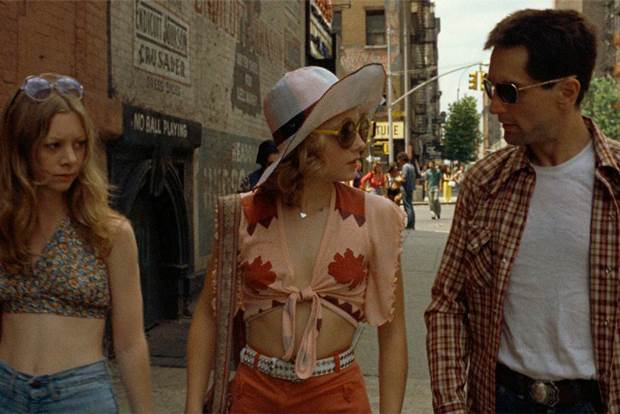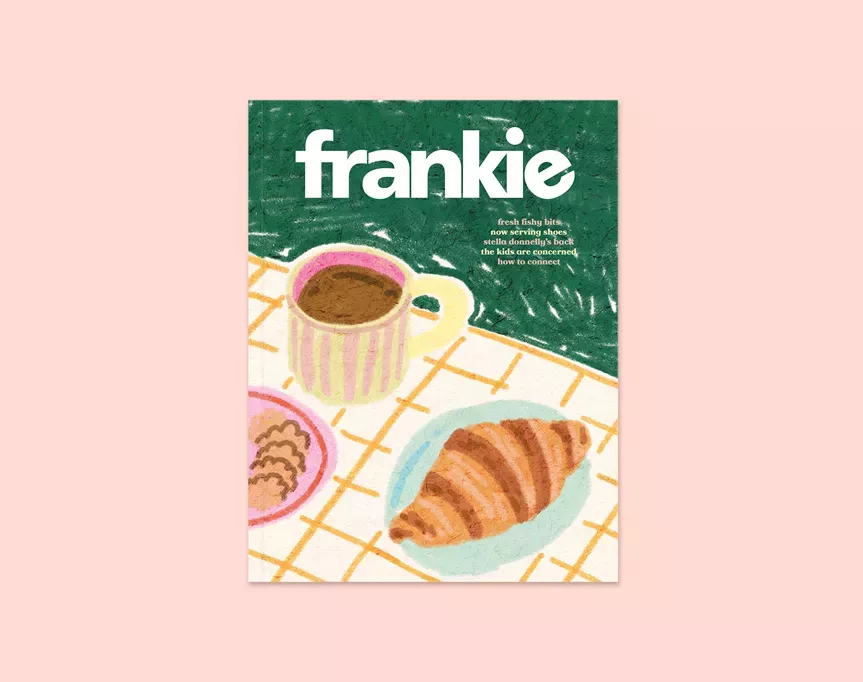five films to pop on your movie bucket list
AKA a history of cinema in five movies.
Hello friends, There are a few things I'd like to say about this bucket list before we get started. Firstly, I'd like to tip my hat and pay my respects to the 2007 film The Bucket List, directed by Rob Reiner (When Harry Met Sally, Stand By Me, The Princess Bride, A Few Good Men), which introduced the phrase 'bucket list' into the parlance of our times. Movies can do that sometimes – just become a part of the everyday like that. Even when they're not very good (sorry, The Bucket List, but it's true).
Secondly (and maybe finally – I haven't quite thought it through properly), I would just like to say that the following five movies in this bucket list are offered to you on the assumption that your existing movie bucket list is extremely long. Distressingly long. Like, the longest thing you have seen in the world, except for maybe this: "Pseudopseudohypoparathyroidism" (it's a real word, I promise).
It would be impossible to give you just a five-film list (how could anyone summarise more than 100 years of moviemaking in every corner of the world with just five movies?) so the following five flicks are just ones to think about, if you haven't already. Most of them are produced in the USA – the biggest, most influential English-language cinema industry in the world – but it definitely isn't the only cinema industry in the world. Maybe next time we'll do India, or France, or Hong Kong, or Australia – any number of countries that have a long and exciting history of filmmaking! But for now, for your consideration:
SILENT ERA
A Trip to the Moon
A Trip to the Moon isn't the first film ever made, or even the first film the prolific French filmmaker Georges Melies made (he made more than 500). Instead, it's something like a very early example of what is all-too familiar to us now: the cinema as a technology for amazing and impossible spectacle and visual illusion, trickery and wonder. Movies like A Trip to the Moon – part of the "cinema of attractions" – are basically what evolved into the CGI heavy, clanging, exploding superhero/robot boom-fests that seem to come out just about every week. Melies' films are quieter, obviously, but they're still lush and clever. A Trip to the Moon shows him at the height of his powers, forecasting a vision of the future that would never come, while laying the groundwork for one that most certainly did.
SOUND ERA
Singing in the Rain
The philosopher Stanley Cavell, who has written some of the very best words about films, said that with the coming of sound, the stars of silent cinema didn't gain voices – they lost them. By this he means that stars lost the voices we each imagined them to have, and in some instances gained different voices that we simply could not accept belonged to them. This transformation of the cinema from silent to singing is the jumping-off point for Singin' in the Rain, which is one of the richest, most beautiful and funniest examples of how the movies are a mysterious, magical amalgam of human bodies and voices with a camera and microphone. This film justifies another of Cavell's claims – that along with jazz and "public friendliness", the movies are America's great contribution to the world.
GOLDEN AGE OF HOLLYWOOD
Notorious
Classical Hollywood is often thought of as a Technicolour dream factory, and if you only ever watched Singin' in the Rain it would be easy to see why. Dream factory it might have been, but when Hitchcock was the Sandman, Hollywood's dreams were a bit more like nightmares. At the centre of Notorious is Cary Grant, who plays a CIA spy trying to convince Ingrid Bergman – reeling from the revelation that her father was a Nazi traitor – to marry one of her father's vile accomplices, so she can infiltrate his group of former Nazis. Of course, given that Cary Grant (total dreamboat) is playing opposite Ingrid Bergman (ditto), things become far less simple than that. Look out for some amazing and creative dodging of Hollywood censorship, which banned kisses longer than three seconds. Also watch out for the racetrack sequence. And the champagne trays. OK, maybe just watch out for the whole thing.
NEW HOLLYWOOD
Taxi Driver
After the collapse of the studio system, and the end of Hollywood censorship (both marking the end of Classical Hollywood), there was much less restrictive oversight of film production and content, and, from the late-1960s, an increasingly long-haired, yeah-man youth culture that wanted movies for itself. Into this mix came a large group of filmmakers educated in university film schools and familiar with European cinema. Among them the director Martin Scorsese and the screenwriter Paul Schrader, who together made Taxi Driver, one of the best and most iconic movies of its period. Or any period really. It's pretty great. Starring Robert De Niro as disturbed Vietnam veteran Travis Bickle, and a very young Jodie Foster as a child prostitute, the movie is a hypnotic crawl through a decrepit and decaying New York City. Typical of New Hollywood, the film combines John Ford's classic Western The Searchers with the French arthouse masterpiece Diary of a Country Priest by Robert Bresson. The result is a disturbing, strange and menacing film. Turns out New York City wasn't always such a nice place to be.
INDEPENDENT
Lost In Translation
Sofia Coppola's first experience with American movies was when she played a tiny role as Michael Corleone's godson, who was baptised during a famously blood-soaked sequence at the climax of Francis Ford Coppola's 1974 masterpiece The Godfather. From Francis Ford Coppola, a central figure in New Hollywood, to Sofia, it's possible to trace a line of independent US cinema, from the hazy days of the 1970s to the '90s Sundance movie brats, including Quentin Tarantino, Paul Thomas Anderson, Todd Haynes, and many others. Since the 1990s, non-studio filmmaking has boomed, and although Lost in Translation is just one of the many movies made by many talented people during this period, it shows us what recent Hollywood filmmakers can do with smaller budgets, in an industry now dominated by big, bloated blockbuster franchises.












.jpg&q=80&w=316&c=1&s=1)













.jpg&q=80&w=316&c=1&s=1)










